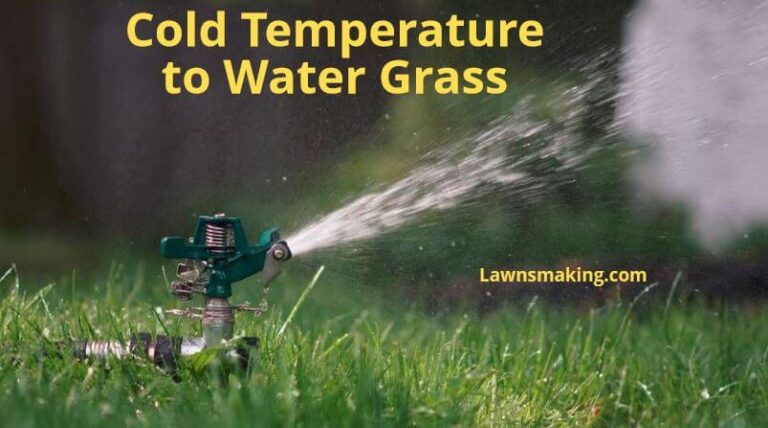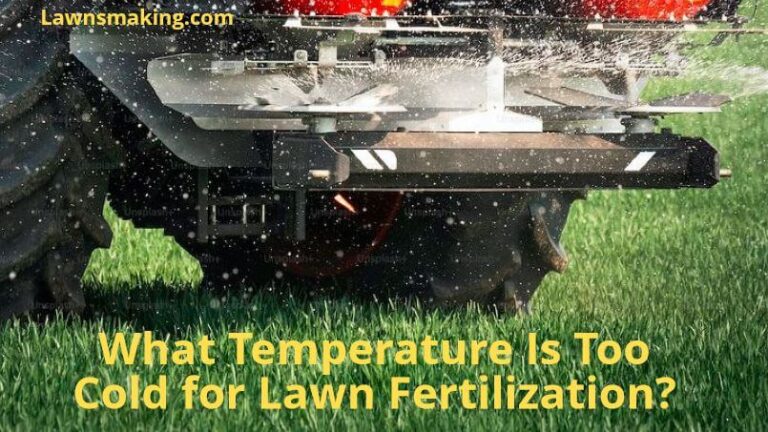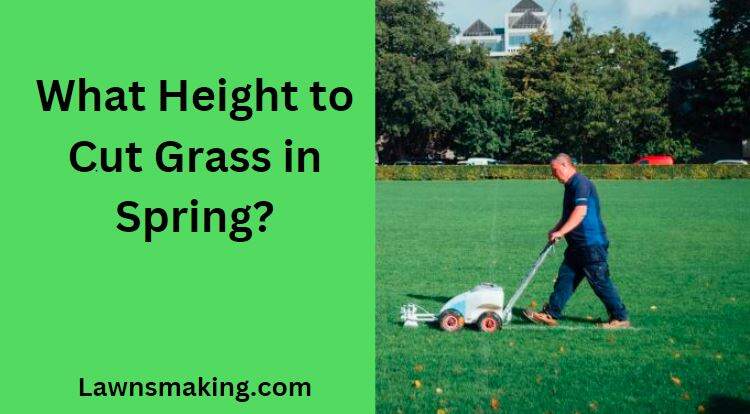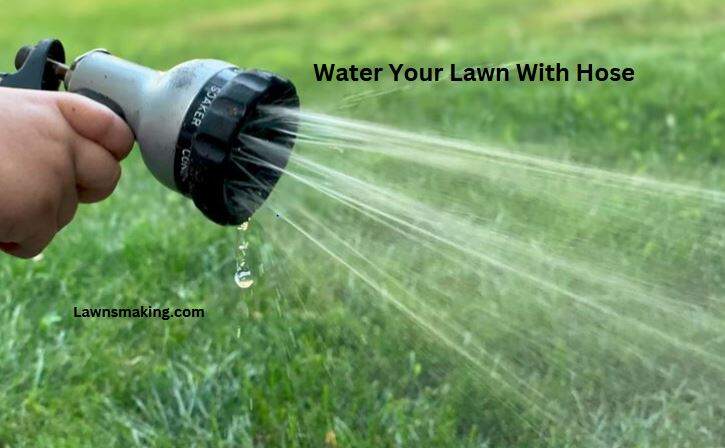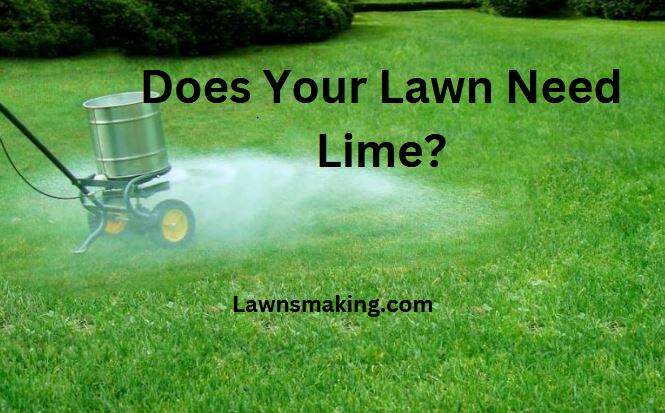
Lime application is a lawn care practice that’s often ignored by many homeowners, yet vital. However meticulous you are with your lawn, you can never get it healthy and lush if the soil is acidic and requires lime treatment. So, learning how to tell if your lawn needs lime is crucial.
Your lawn needs lime if the soil test results indicate low pH, the grass is yellow and dying, and fertilizer treatment does not work. Your lawn will also need lime if it has sandy or clay soil or if you live in an area with heavy rainfall or severe dry spells.
In this article, I’ll discuss several signs that indicate your lawn needs lime treatment. Keep reading!
8 Main Signs That Your Lawn Needs Lime
Are you diligent with lawn care, but instead of a healthy, lush green lawn, you’re rewarded with weed-infested, dry, dull-yellow, and dying grass?
Have you tried almost everything, including fertilizers, herbicides, pesticides, and soil conditioners, but nothing seems to help?
Your soil may be acidic and require lime treatment to fix the issue. Acidic soils are not optimal for healthy grass growth.
Soil acidification occurs over time as the concentration of hydrogen ions increases in the soil. This may result from various natural and man-made factors, including drought, heavy rainfalls, and extensive use of ammonium-based fertilizers.
Lime helps reduce soil acidity. The alkaline components in lime react with the acidic components in the soil, forming neutral substances. The process results in a neutralized soil that can foster healthy plant growth.
Here’s how to tell if your lawn needs lime.
1. The Soil Test Shows PH Lower Than 6.0
You’ll want to conduct a soil test if you suspect something wrong with your lawn.
Soil testing aids in the diagnosis of plant growth issues by checking key parameters, such as
- Soil pH
- Microbial activity
- Organic matter content
- Nutrient levels
- Disease risks
If your test results indicate a soil pH value lower than 6.0, your soil is too acidic and needs lime treatment. Healthy grass growth requires a soil pH between 6.0 and 7.0.
Conducting a soil test is the surest and most reliable way of telling whether your lawn requires lime.
Find Out: Effective Home Remedies to Get Rid of Grub Worms on Lawns
2. Your Grass Is Yellowing and Dying
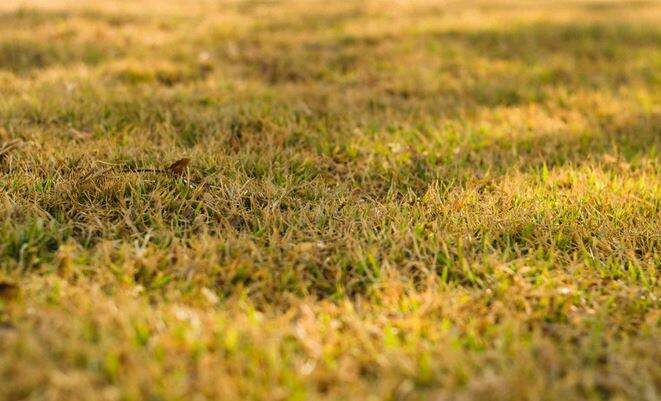
Acidic soil will cause grass yellowing and eventual death. This is because in acidic conditions.
- Aluminum in the soil becomes soluble, leading to toxicity. Aluminum stress causes stunted root growth and limited water and nutrient uptake.
- Grass cannot utilize essential nutrients from fertilizers, leading to inhibited growth.
- Microbial activity is hindered. Soil bacteria and fungi cannot sufficiently decompose organic matter and cycle soil nutrients.
For these reasons, you’ll observe your grass yellowing and dying.
3. Fertilizer Treatment Doesn’t Seem to Work
If you’ve tried applying fertilizer to your lawn several times but the grass health doesn’t improve, the issue might be the pH.
As mentioned earlier, soil acidity makes it challenging for plants to absorb the nutrients in fertilizers.
Some essential minerals, such as potassium and phosphorus, cannot be renewed in the soil once depleted. Fertilizer addition enriches the plants with these ingredients, resulting in healthier, thicker, and quicker growth.
Restricted absorption of these nutrients due to soil acidity causes stunted growth and lawn diseases.
It’s also worth noting that fertilizers with ammonium, urea, or nitrogen contribute to the acidification of your lawn. These components are converted into nitrates and hydrogen ions, increasing soil acidity.
As such, it’s best to go for fertilizers enriched with nitrates, potassium, and phosphorus.
Related: Can You Apply Lime and Fertilizer to Your Lawn at the Same Time?
4. Your Lawn Suffers Severe Weed Infestation
Are weeds taking over your lawn despite making efforts to control them? Chances are that your soil’s pH is imbalanced and requires lime to be restored.
Since most grass types don’t thrive in highly acidic soils, weeds can take advantage of the reduced competition for moisture and nutrients, taking over your lawn.
Common weeds such as dandelions, moss, nettles, and ox-eye daisies do well in highly acidic soils.
While liming won’t help to eliminate these weeds, it will help raise the pH, allowing turf to perform better and out-compete them.
5. Herbicides Aren’t Helping
One factor that influences herbicide efficacy and persistence in the soil is pH.
Studies have shown that soil pH below 6.0 can cause most herbicides to break down and dissipate more rapidly, making them ineffective for weed control.
In contrast, most herbicides show slow chemical degradation in higher pH soils and are less bound to soil particles, making them readily available for plant absorption.
If treating your lawn with herbicides doesn’t produce the desired results, applying lime to achieve adequate herbicidal performance may be best.
6. Your Lawn Has Clay or Sandy Soil
Some soils are more prone to acidification than others.
Clay, for instance, is usually alkaline but has a greater reserve acidity. This means it can bind with hydrogen ions more than sandy and loam soils.
It will also require more time and lime to deacidify clay than other soil types.
On the other hand, Sandy soil acidifies quicker since it has a lower buffering capacity. Soil buffering capacity refers to the ability of the soil to defy pH change.
In contrast, sandy soil recovers faster with less lime addition than its clay counterpart.
So, if your lawn has clay or sandy soils, there’s a possibility that they’re acidified and require liming.
7. Your Lawn Has Trouble Recovering from Drought
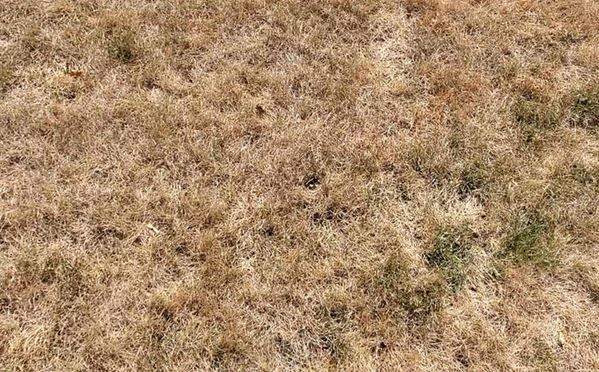
Drought conditions cause soil acidification.
How? You may wonder.
Moisture is vital in dissolving cations of potassium, calcium, and magnesium in the soil, enabling them to displace aluminum and hydrogen ions that lower soil pH. The displacement results in a raised pH.
Studies show that soil pH values can decline by up to a half (0.5) pH unit in a drought year due to a decrease in the availability of essential elements.
Liming your lawn after a dry spell may help it recover faster.
8. Your Region Receives Regular or Heavy Rainfall
Heavy and regular rainfalls can also cause soil acidification through leaching, causing turf damage.
Leaching is when water seeps through the soil, washing away vital minerals like potassium, calcium, and magnesium and making room for hydrogen, iron, and aluminum acidic ions.
Additionally, if you reside near an industrial zone, you’ll likely receive acid rain due to acidic gas emissions from power plants and automobiles.
Generally, acid rain has a pH value of 4.0 and will lower the soil pH even further.
Treating your lawn with lime will make it more alkaline and, therefore, more able to preserve nutrients.
Final Thoughts
I bet you’re no longer wondering how to tell if your lawn needs lime.
You should lime your lawn at least once every two years to help it recover the nutrients lost to acidity and maintain a proper pH for optimal turf growth.
Now that you know the signs of an acidic lawn, determine if yours needs liming and do what is necessary.
